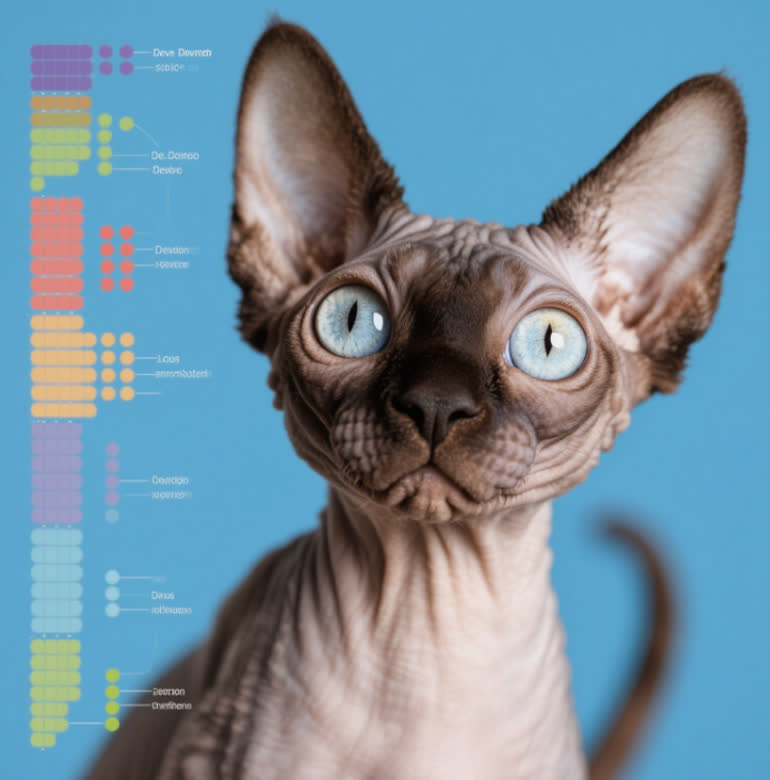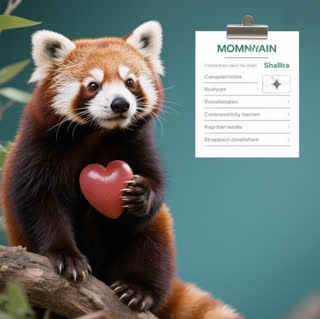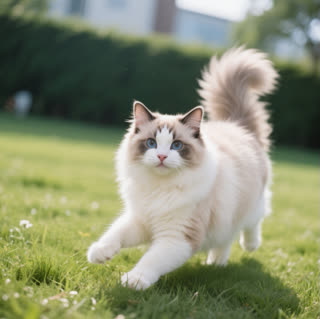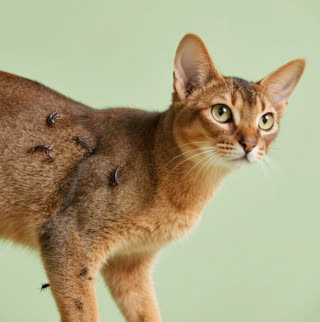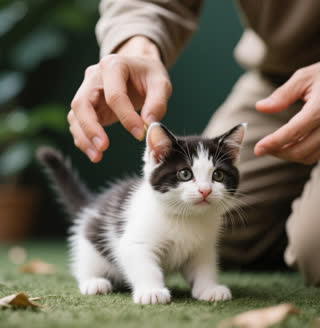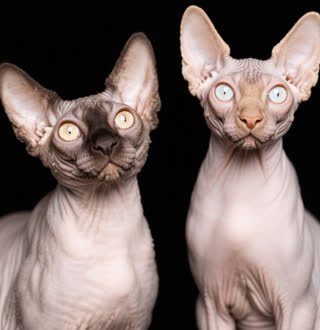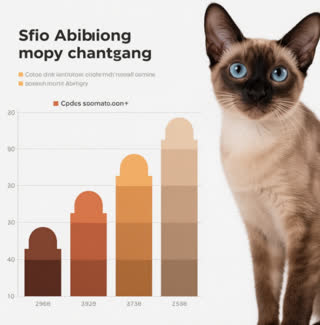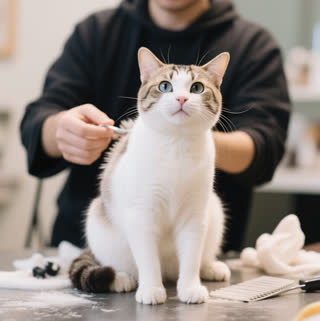The Devon Rex cat, known for its elfin features, wavy coat, and mischievous personality, captivates cat lovers with another striking trait: its mesmerizing eyes. From deep sapphire blues to vivid emerald greens, their eye colors are as diverse as their playful antics. Understanding the genetics behind these hues requires diving into the Devon Rex cat eye color genetics chart, a tool that maps how specific genes influence ocular pigmentation in this unique breed. Whether you’re a breeder, owner, or feline enthusiast, this guide explores the science and beauty behind their gaze, offering insights into inheritance patterns, rare variations, and how genetics shape their iconic appearance.
The Science Behind Devon Rex Eye Colors
A Devon Rex cat eye color genetics chart typically highlights two primary factors: melanin production and genetic inheritance. Unlike coat color, which involves multiple genes like TYRP1 or MC1R, eye pigmentation in cats is primarily governed by the OCA2 and TYR genes. These genes regulate the distribution of melanocytes—cells responsible for producing melanin—in the iris. Devon Rex kittens are born with blue eyes due to low melanin levels, but their true eye color develops by 6–8 weeks as melanocytes mature.
Key Genetic Influences:
Dominant vs. Recessive Alleles: Blue eyes in Devon Rex cats are often linked to recessive alleles, while green and gold hues correlate with dominant traits.
Polygenic Interactions: Rare colors like amber or odd-eyed (heterochromia) result from combinations of multiple genes, such as KIT mutations affecting white spotting patterns.
Common Eye Colors in Devon Rex Cats
Blue: Associated with the D/d dilution gene, blue eyes are common in colorpoint Devon Rex cats (e.g., Siamese-patterned). The D allele dilutes pigment, creating lighter shades.
Green: A dominant trait influenced by moderate melanin levels, green eyes often appear in solid or tabby-patterned cats.
Gold/Yellow: High melanin concentration produces golden eyes, frequently seen in black or chocolate-coated Devon Rexes.
Heterochromia: A rare condition where one eye is blue and the other green/gold, caused by uneven melanocyte distribution during development.
Decoding the Devon Rex Cat Eye Color Genetics Chart
A typical Devon Rex cat eye color genetics chart categorizes outcomes based on parental genotypes. For example:
Parent A (Bb) × Parent B (Bb):
25% chance of homozygous dominant (BB) → Green eyes.
50% chance of heterozygous (Bb) → Green eyes (dominant expression).
25% chance of homozygous recessive (bb) → Blue eyes.
This simplified model illustrates Mendelian inheritance but excludes polygenic complexities. Advanced charts may integrate W (white masking) and S (piebald) genes, which can suppress melanin and alter eye color expression.
Rare Variations and Breeding Considerations
While most Devon Rex cats adhere to standard eye colors, breeders occasionally encounter unique cases:
Amber Eyes: Linked to the Extension gene (MC1R), amber eyes result from pheomelanin dominance and are rare outside specific lineages.
Copper: A deeper variant of gold, often seen in Devon Rexes with dense, warm-toned coats.
Ethical Note: Breeding for rare eye colors requires genetic testing to avoid health risks like deafness (associated with white coats and blue eyes).
Environmental and Health Factors
Genetics alone don’t dictate eye color. External factors play a role:
Age: Eye color stabilizes by 6 months but may darken slightly with age.
Health Issues: Uveitis (inflammation) or cataracts can alter eye appearance, emphasizing the need for regular vet checkups.
Creating Your Own Devon Rex Eye Color Chart
For breeders, constructing a Devon Rex cat eye color genetics chart involves:
Pedigree Analysis: Track eye colors across generations to identify inheritance patterns.
DNA Testing: Use kits like Basepaws to screen for OCA2 and TYR variants.
Data Visualization Tools: Software like Punnett Square generators simplifies predicting offspring traits.
The Devon Rex cat eye color genetics chart is more than a scientific tool—it’s a window into the intricate dance of DNA that shapes this breed’s enchanting gaze. By understanding these principles, breeders can make informed decisions, while owners gain deeper appreciation for their feline’s unique beauty. For further exploration, consult feline genetic databases or collaborate with veterinary geneticists to refine your charts
